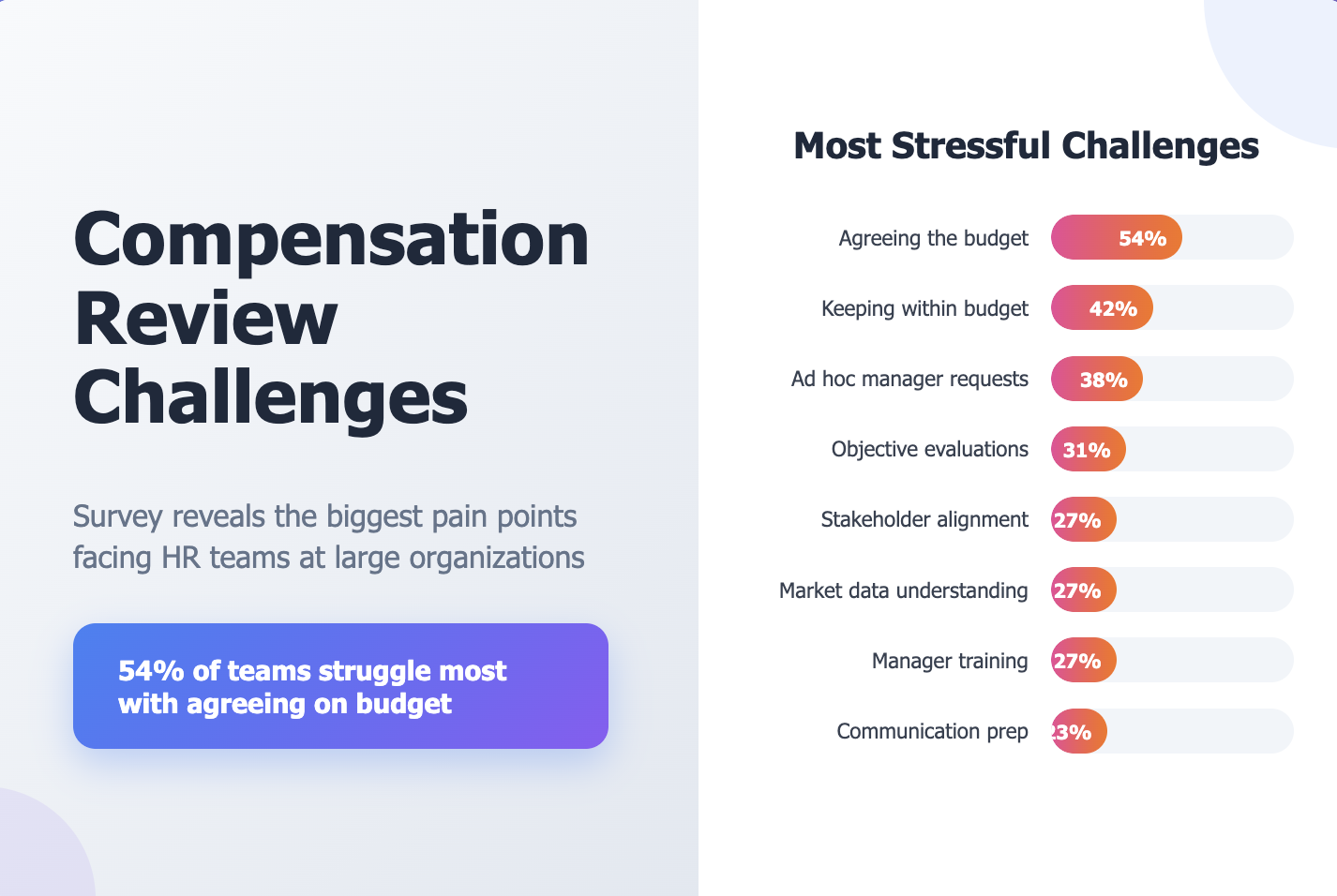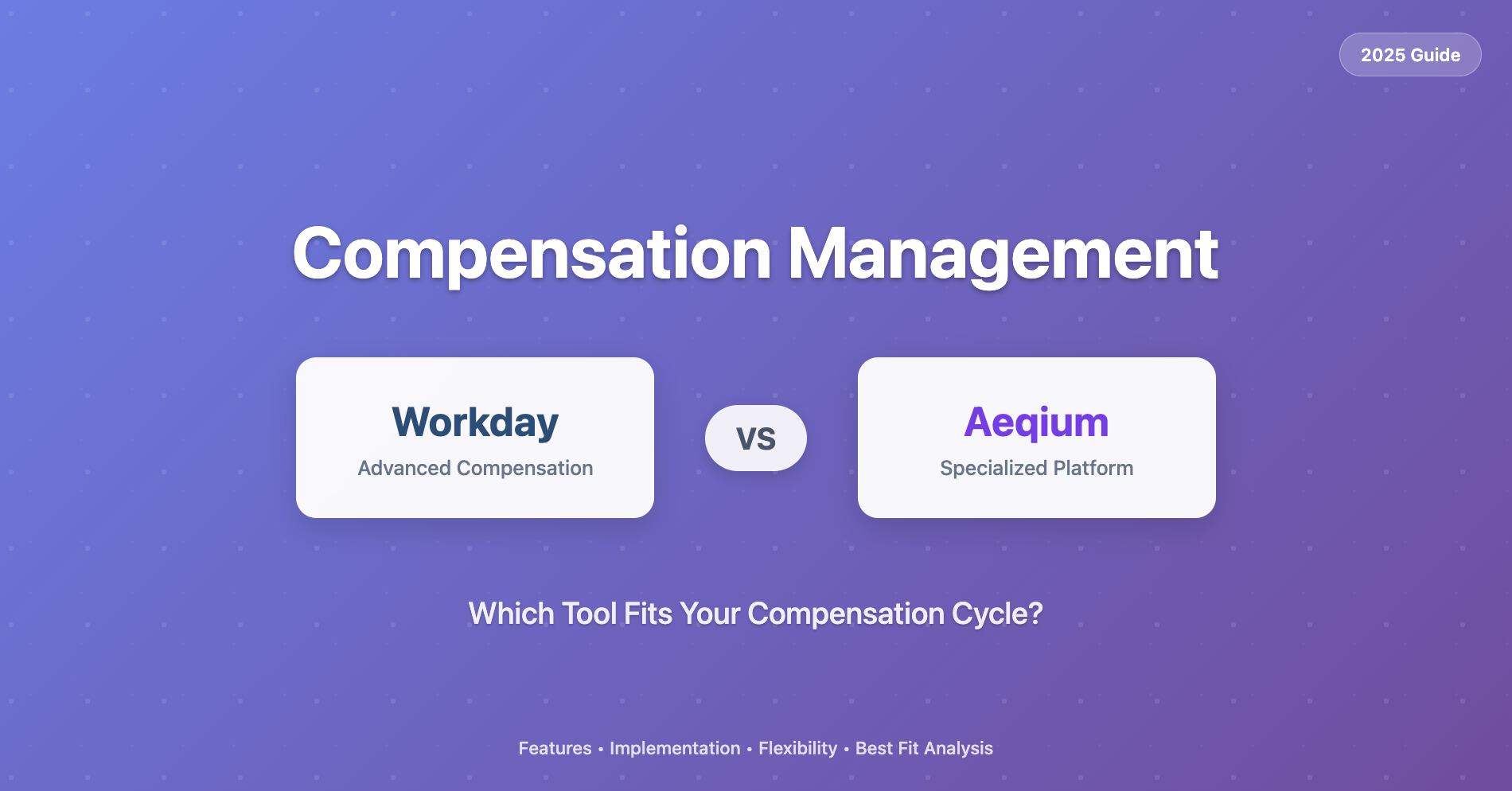How to Prepare for Pay Transparency Laws

In recent years, pay transparency laws have been gaining traction throughout the United States. California and other jurisdictions passed laws requiring that companies provide salary ranges for job postings to candidates upon request. Colorado passed a law mandating wage transparency for roles that will be performed in the state (including remote roles), leading some employers to cease hiring remote employees in Colorado.
More recently, New York City passed a wage transparency law that was originally set to launch on May 15th and has since been delayed until November 2022. Even the EU has taken the initial steps towards moving towards broader pay transparency legislation.
With more and more pay information laws coming into effect, compensation and people operations teams need to be prepared for what they need to publish and what the impacts will be for candidates and employees alike.
The audience for the new wage transparency laws being rolled out nationwide extends beyond candidates who might apply for a job at your company. Ranges will be public to everyone, from your own employees to competitors who might want to recruit your talent away from you. To maximize the opportunity that this creates (and minimize the downside), take the steps below to make sure that you’re prepared.
Get a Full List of All Job Postings
This is the easiest step. Make sure that all of your publicly available job postings are known and listed somewhere like a simple spreadsheet so that you can keep track of them. It’s very possible that you have job postings for roles where you don’t have anyone staffed right now, and you might also have people staffed in roles where you don’t have any job openings. For larger companies the number of open job postings can be considerable, so start getting organized!
Set Up Bands
We’ve already written before about the importance of setting up compensation bands, and the new wage transparency laws should create an even more urgent reason to create them if you haven’t already.
Once you have bands, it’s up to you and your team to determine how to set your publicly published bands. Let’s say that your pay band for marketing associates is $75,000 - $85,000 per year.
One strategy would be to post exactly your internal range of $75k - $85k – after all, this is easy and guarantees that new hires will fall in the designated range. Another strategy would be to pad your ranges somewhat – say, using a range of $70k - $90k, which could be particularly helpful if you don’t yet have high confidence in your ranges and are willing to flex based on what you see in the market. And finally, you could use a range like $70k - $80k, adding a bit more flexibility on the low end and assuming that you’ll want to hire any new candidates into the bottom half of your band so that you have proper salary progression as they increase in skills. Talk to your legal team about what’s most appropriate, as well.
No matter what your strategy, you should ensure you can apply it consistently both for fairness and also to simplify your work.
Fix the Outliers
Once you know what you’re going to post for your pay ranges, you should see where your team’s current pay is going to fall. Make sure that everyone's compensation fits logically with the new ranges that you’re about to publish. You don’t want any current employees to suddenly realize they’re making less than you were planning to pay a new hire for an equivalent job. Conversely, employees whose pay is too high and above band can also create questions – team members might wonder whether they’re overdue for a promotion. Your internal team is going to be just as interested in these salary postings as external candidates – maybe even more.
For anyone hiring in NYC, moving back the upcoming Wage Transparency Act is a gift to any company hiring in that metro area as you now have 6 more months to fix any pay issues, meaning that there’s now an additional compensation cycle before the law goes into effect for many companies. You should take the time to ensure that you plan to fix any pay issues now so that you aren’t forced to make off-cycle adjustments.
Train Your Team
You should also prepare your managers and recruiters with training on how to answer likely questions related to your published ranges. Managers need to be ready for a variety of questions from their team – if someone is at the top of the public band, does that mean that a promotion is required for a raise? Or does it mean that someone is about to get promoted? Recruiters need to know how to answer questions about merit increases (“if I’m at the top of the band, can I get a raise?”), and of course, how to deal with the inevitable questions about why an offer came in where it did, instead of higher in the range. Make sure your whole hiring team is prepared to speak thoughtfully about how you use your ranges and why any particular offer might not be at the top of the range.
Measure the Impact
One of the biggest risks of pay transparency laws is that many candidates may see your published compensation ranges and judge your company favorably or unfavorably before you even meet them.
Start to get a baseline of the number of applications that you’re getting for your job postings now. That way, you’ll know if you’re falling behind the market and missing out on candidates after you begin to publish salaries. Missing candidates due to pay ranges that are too low can slow down your recruiting efforts and hurt your company’s ability to grow or remain competitive in the market. In contrast, publishing highly competitive wages might increase your applicant pool and allow you to accelerate hiring, as well as helping to ensure better pay equity. For these companies wage transparency laws are an advantage.
Conclusion
New pay transparency laws may be daunting, but there are a few straightforward steps to take to make sure that you’re complying and setting your team up for success. Take the actions recommended in this post to prepare your team and make the most of the changing compensation landscape. Preparing for pay transparency laws requires some work now, but will set you and your managers up for success and a happier team in the future.




